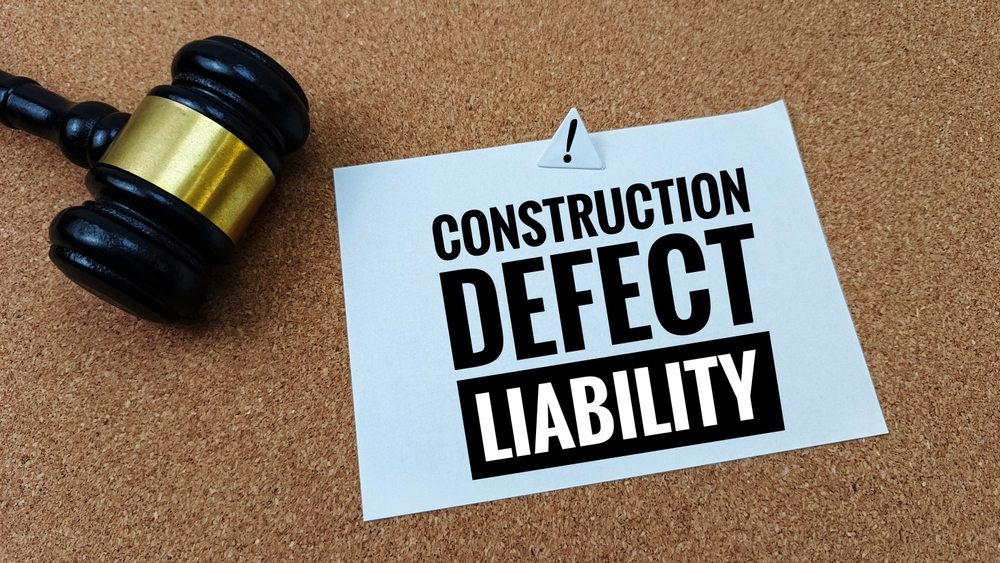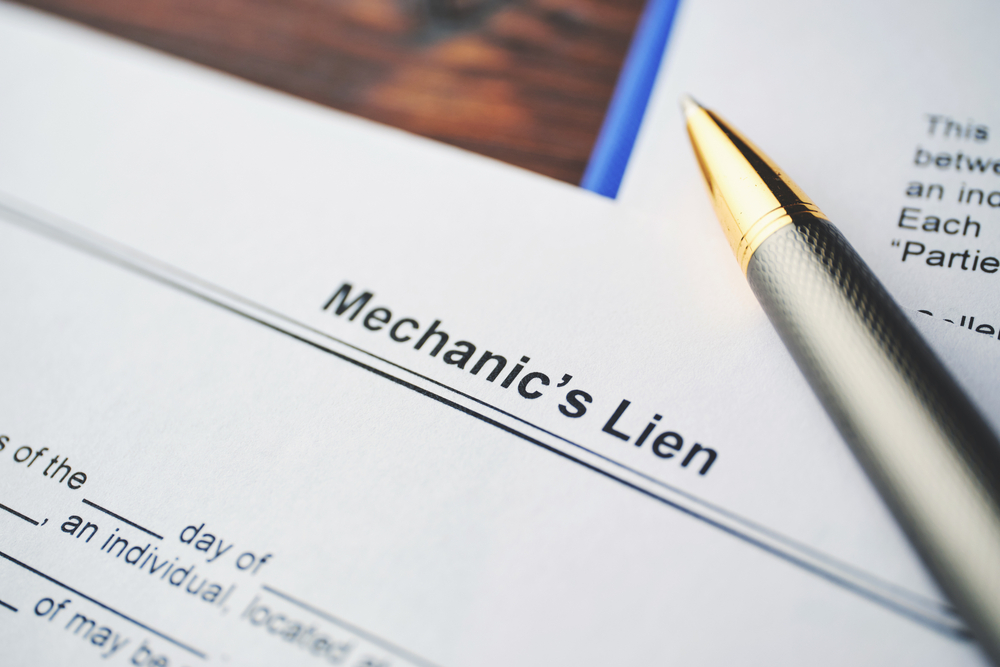

If you’re a contractor in California, you already know how crucial it is to get paid for your work. A mechanics and materialmen’s lien is a powerful tool that ensures you receive timely payment for labor and materials provided on a construction project. But here’s the catch—filing one correctly in California requires you to follow every step in the process. Missing even a single step can render your lien invalid.
This article lays out the key steps, plain and simple, to help you file a valid mechanics and materialmen’s lien in California.
A mechanics lien is a legal claim against a property for unpaid work or materials supplied during its improvement. It’s a way for contractors, subcontractors, and material suppliers to secure payment directly from the value of the property they worked on. However, unless correctly filed, it won’t hold up in court, so attention to detail is essential.
Not every contractor or supplier is automatically eligible to file a lien. Generally, you must have a direct contractual relationship with the property owner, general contractor, or someone authorized by the owner. If you are working as a subcontractor, make sure there is documentation tying your work to the improvement of the property.
Before moving forward, make sure your work or supplies were for a property improvement project. Maintenance work, in most cases, does not qualify for a mechanics lien in California.
Contractors, subcontractors, and suppliers who don’t have a direct contract with the property owner must provide a Preliminary Notice within 20 days of starting the work or supplying materials. This notice informs the property owner that you intend to seek payment for your contributions to the project.
Even if you’re working under a direct contract, serving the Preliminary Notice is a good precaution.
Failing to serve the Preliminary Notice is one of the most common reasons mechanics liens are rejected in California. Don’t skip this step!
Timing is everything. You must record the mechanics lien within:
Missing these deadlines will make your lien invalid. File your lien with the county recorder’s office where the property is located.
Be prepared to pay a small fee for recording the lien. This varies by county.
Double-check the information on your lien form before submission. Even minor errors (like a misspelled name or incorrect address) can cause problems.
Once the lien is recorded, a copy of the lien must be served to the property owner via certified mail within 5 days of recording it.
Serving the lien ensures the property owner is aware of your claim. Without notification, the lien can’t be enforced.
If the property owner still hasn’t paid their dues, you can file a lawsuit to enforce the lien. You have 90 days from the date of recording the lien to begin this legal process.
Failing to file within the 90-day deadline will render your lien invalid. This step often requires the help of an experienced attorney.
When filing a lawsuit to enforce the lien, always check that your lien was recorded and served correctly to avoid complications.
Filing a mechanics and materialmen’s lien in California is a detailed process, but when done correctly, it serves as a powerful security measure to ensure you get paid for your work. Here’s a quick recap of the must-follow steps:
Missing even one step can invalidate your lien, so stay organized and follow the timelines precisely.
Want to know more about California lien rights, listen to our podcast link here.
Need help navigating your lien rights? Give us a call at 909-284-9005, to ensure every step is handled correctly. It’s your money—don’t leave it to chance!
Karalynn Cromeens is the Owner and Managing Partner of The Cromeens Law Firm, PLLC, with over 17 years of experience in construction, real estate, and business law. A published author and passionate advocate for contractors, she has dedicated her career to protecting the businesses her clients have built. Karalynn is on a mission to educate subcontractors on their legal rights, which inspired her books Quit Getting Screwed and Quit Getting Stiffed, as well as her podcast and The Subcontractor Institute.

